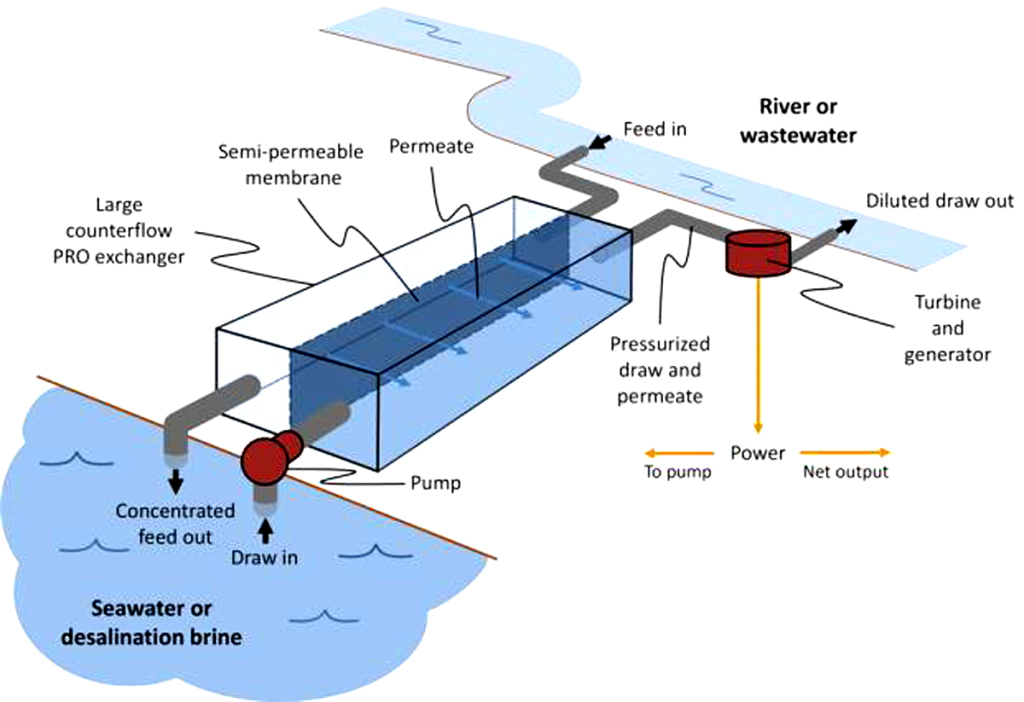 WHAT AN INTERESTING TOPIC, SALT! The Morton Salt website states that salt is referenced in the Book of Job (approximately 2,250 BCE) and in at least 31 other references in the Bible. I didn’t know this, either: “Roman soldiers were paid ‘salt money,’ salarium argentum, from which we take our English word, ‘salary.’ About 4,700 years ago, according to the Maldon Salt company (U.K.), the Chinese had a description for over 40 types of salt. The Ancient Egyptians had many uses for salt, including mummification. Not only was salt used as a preservative, but it was essential to health as well. The expression, ‘worth your weight in salt’ was high praise.” I’ve also heard that the custom of throwing a pinch of salt over your left shoulder when you knocked over the salt shaker was meant to blind the devil from seeing your misdeed so he wouldn’t extract time in Hell for it.
WHAT AN INTERESTING TOPIC, SALT! The Morton Salt website states that salt is referenced in the Book of Job (approximately 2,250 BCE) and in at least 31 other references in the Bible. I didn’t know this, either: “Roman soldiers were paid ‘salt money,’ salarium argentum, from which we take our English word, ‘salary.’ About 4,700 years ago, according to the Maldon Salt company (U.K.), the Chinese had a description for over 40 types of salt. The Ancient Egyptians had many uses for salt, including mummification. Not only was salt used as a preservative, but it was essential to health as well. The expression, ‘worth your weight in salt’ was high praise.” I’ve also heard that the custom of throwing a pinch of salt over your left shoulder when you knocked over the salt shaker was meant to blind the devil from seeing your misdeed so he wouldn’t extract time in Hell for it.
The Morton site had other interesting tips and uses for salt, from cleaning coffee pots to chilling champagne to “perking up coffee flavor.” The Salt Institute — of course there is a Salt Institute — also has a lot of information available about salt, covering the gamut of food, health, roads and water. And as you may imagine, the Salt Institute has a lot of interest in debunking health concerns about salt, too.
Salt power
Salt is a component in basic science experiments demonstrating that when it is dissolved in water, the sodium and chlorine are able to conduct electricity. Now, however, “researchers are finding that through an ‘emerging method of power generation called pressure retarded osmosis (PRO),’ river water and seawater separated by a permeable membrane would, through osmosis, creates a flow that can be directed through a turbine to generate power.
 “According to an MIT team, the larger the membrane, the more power can be produced up to a point, that is, up to 95 percent of a system’s power can be produced using half or less of the ‘maximum membrane area.’”
“According to an MIT team, the larger the membrane, the more power can be produced up to a point, that is, up to 95 percent of a system’s power can be produced using half or less of the ‘maximum membrane area.’”
Areas identified as ideal for these types of PRO systems are coastal cities where rivers meet salt water. The MIT article proposed that Boston Harbor’s Deer Island Waste Water Treatment Plant would theoretically be one of these ideal locations because the energy needed to treat the wastewater could be generated by a PRO system.
The researchers also say that we in California might also have uses for this type of system, whether to do wastewater treatment or to desalinate water. And it turns out, according to the New York Times (Nov. 26), the Dutch recently opened a “Blue Energy” test facility to explore some of the uses of PRO systems.
With all the advances forthcoming in the fields of energy, we may have at our very shoreline another option to address both water treatment AND energy. I’m confident our city staff is keeping abreast of these new developments — and when the time and price are right, Benicia will be ready to take advantage of these amazing advances.
Learn more
• Blue Energy: nytimes.com/2014/11/27/business/international/dutch-energy-researchers-test-a-salt-concentration-plant.html?referrer=
• MIT: newsoffice.mit.edu/2014/energy-from-salt-water-0820
• Morton Salt: mortonsalt.com/salt-facts/salt-history
• Saltinstitute.org
Constance Beutel is the chair of Benicia’s Community Sustainability Commission. She is a university professor and videographer and holds a doctorate from the University of San Francisco.






Leave a Reply